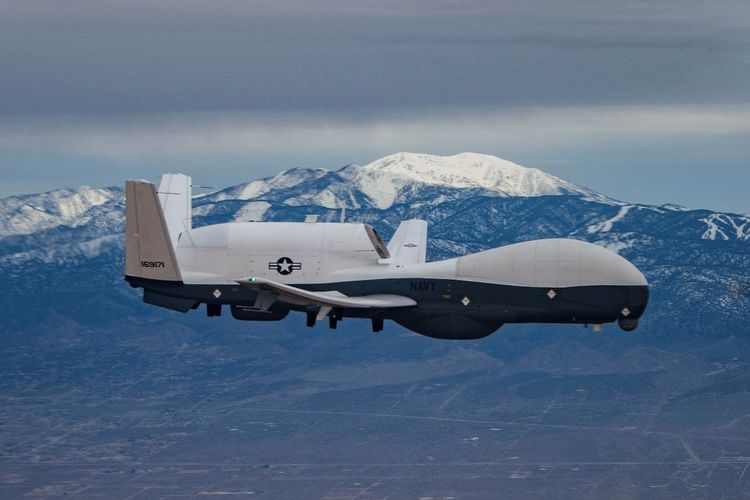
ALEXANDRIA, Va. — The developers of unmanned systems must do more to create platforms that can operate in the “messy middle” between being totally autonomous and being controlled remotely by humans, with some autonomy but also some ability for humans to interact with the vehicle, an analyst said Sept. 22 during a defense industry event.
Bryan Clark, a senior fellow and director of the Center for Defense Concepts and Technology at Hudson Institute, told attendees of the AUVSI Defense conference that a lot of focus has been placed on getting unmanned systems to the field faster, and the way to do that is to introduce a manned element to make the system more flexible — which also opens up new missions the platform can do.
“It requires you to increase the level of human involvement in the machine and operate in this ‘messy middle’ where you have varying levels of human-machine interaction,” he said after the event.
Right now, most unmanned platforms fall in two categories: a completed automated intelligence, surveillance, and reconnaissance platform that operates independently of the manned force, and remotely operated vehicles that are entirely dependent on human input.
“Those are basically the bulk of the unmanned vehicle spectrum,” Clark said. “There’s not that much in the middle where you have the mixed operator-machine interaction. It’s hard to build a force around that, because you’re not sure how much operator intervention you need for a particular mission and scenario, but that’s where the value lies.
“If you have a force that can operate between a lot and a little human intervention depending on the vehicle, it gives your commanders lots of options, and it mitigates some of the automation shortfalls,” he continued.
Clark said the Navy is already having to take that approach with some unmanned surface vehicles that were supposed to be entirely automated for months at a time.
“They are finding out they’re not lasting as long as they were hoping,” he said. “It’s not a six-month deployment — it’s more like a week at a time, and then they need to fix and maintain and refuel them, and some cases may have to put people on there all the time.”
It is the same situation with unmanned aerial vehicles, such as MQ-4C Tritons that can operate on their own but would need human intervention in order to be used for something more “creative” like as a targeting platform for missile attacks. “You need humans operating sensors and telling the vehicle where to go,” he said.
“It’s the messy middle where you have an undefined level of automation and human interaction by design,” he added. “That’s where 90% of the DoD mission set lies. Until you are ready to bring unmanned systems into that middle part where most of the work is, you’re never going to realize their benefits.”
- CNO Franchetti: Navy Has a Lot to Offer Young People - April 24, 2024
- NOAA to Break Ground for New facility at Naval Station Newport - April 24, 2024
- US Coast Guard Cutter Dauntless returns home after 61-day Operation Vigilant Sentry patrol - April 24, 2024






